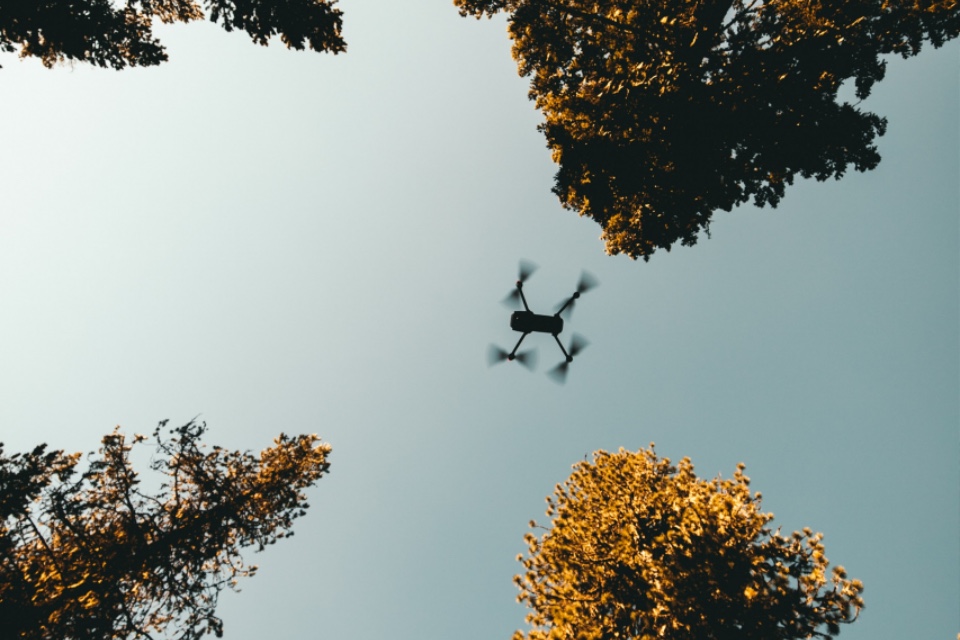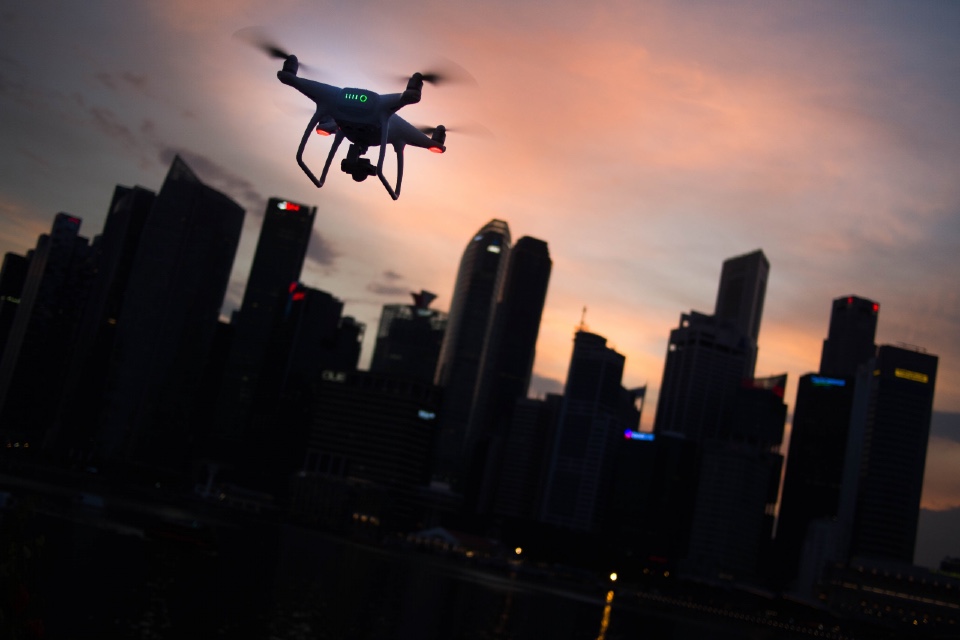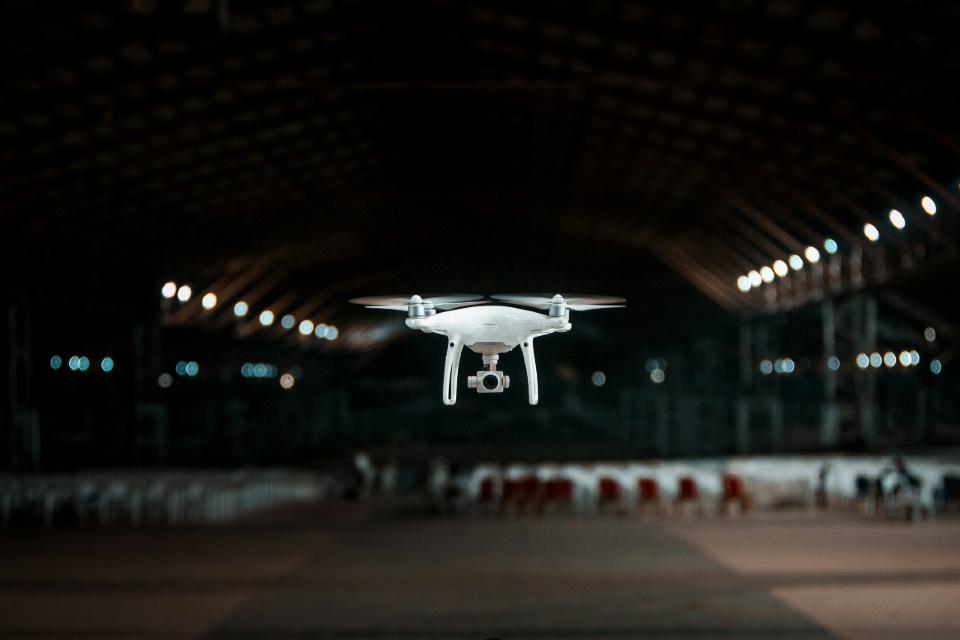Unmanned aerial vehicles (UAVs), aka drones, are not just enhancing traditional security measures, but are also introducing new capabilities. Let’s explore the different types of commercial drone technology available in the UK and how they can be deployed…
1. Surveillance Drones
Surveillance drones are the most common type used in physical security. Equipped with high-resolution cameras, these drones provide a bird’s eye view, making them ideal for monitoring large areas like industrial complexes, construction sites, and public events. Advanced models come with thermal imaging to detect individuals or activities in low-light conditions. The ability to cover large distances quickly and navigate hard-to-reach areas makes surveillance drones a powerful tool for real-time monitoring and rapid response.
2. Tethered Drones
Tethered drones offer a unique advantage for prolonged surveillance missions. Unlike conventional drones, which are limited by battery life, tethered drones are connected to a ground power source, allowing them to stay airborne for extended periods. This continuous aerial presence is invaluable for ongoing security at critical infrastructure sites or during prolonged public events.
3. Multi-sensor Drones
These drones are equipped with multiple sensors, including visual, thermal, and sometimes chemical sensors, to provide comprehensive surveillance. Multi-sensor drones are particularly useful in scenarios where security teams need to monitor different types of threats simultaneously, such as detecting intruders while also monitoring for fire hazards.
4. Autonomous Patrol Drones
With advancements in artificial intelligence and machine learning, autonomous patrol drones are becoming a reality. These drones can autonomously navigate predetermined routes, making them perfect for regular patrolling of perimeters and critical assets. They can detect anomalies or intrusions and alert security personnel, allowing for rapid response.
5. Indoor Drones
Indoor drones are designed to navigate and monitor interior spaces, which can be challenging for traditional security systems. These drones are smaller and more agile, capable of manoeuvring through tight spaces and providing security in environments like warehouses, shopping centres, and large office buildings.
6. Counter-drone Technology
As drones become more prevalent, the need to protect against rogue or unauthorised drones has arisen. Counter-drone technology, or anti-drone systems, can detect, track, and, if necessary, neutralise intrusive drones that pose a security threat to protected spaces.
Conclusion
Commercial drone technology offers a range of solutions to enhance physical security. From advanced surveillance capabilities to autonomous patrolling and counter-drone measures, these technologies provide security professionals with new tools to protect assets and ensure safety. As this technology continues to evolve, it is poised to become an integral part of modern security strategies.
Are you assessing the potential of drones for your organisation’ security needs? The Total Security Summit can help!
Photo by KAL VISUALS on Unsplash






